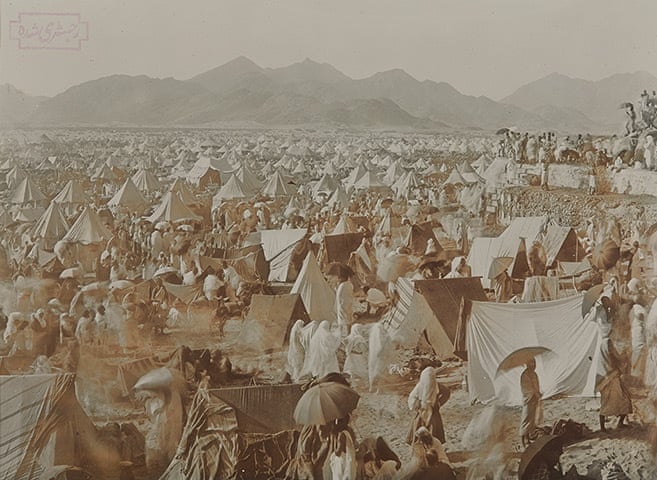You Don’t Have To Be Pretty – On YA Fiction And Beauty As A Priority | The Belle Jar
Teju Cole on "First World Problems", quoted here:
Edward Said, "Impossible Histories: Why the Many Islams Cannot be Simplified," Harper's, July 2002 (I love Edward Said's snark: "Samuel Huntington's vastly overrated article on the clash of civilizations", "its belligerent (and dishearteningly ignorant) thesis", "an energetically self-repeating and self-winding British academic". I wish I could be that salty in my day job writing and get away with it.) Said rakes Bernard Lewis' ridiculous Clash of Civilizations over the coals:
The problem is that when we promote this idea that all women are beautiful, what we are really doing is emphasizing that it is important for women to be physically attractive. We are telling girls that, as females, the way that they look is a huge part of who they are – that we expect prettiness from them, and that we expect them to want it. Even if we don’t mean to, we are still attaching a high value to physical appearance. And that’s messed up. [...]
We never say that all men deserve to feel beautiful. We never say that each man is beautiful in his own way. We don’t have huge campaigns aimed at young boys trying to convince them that they’re attractive, probably because we very rarely correlate a man’s worth with his appearance. The problem is that a woman’s value in this world is still very much attached to her appearance, and telling her that she should or deserves to feel beautiful does more to promote that than negate it. Telling women that they “deserve” to feel pretty plays right in to the idea that prettiness should be important to them.
Teju Cole on "First World Problems", quoted here:
"I don’t like this expression "First World problems." It is false and it is condescending. Yes, Nigerians struggle with floods or infant mortality. But these same Nigerians also deal with mundane and seemingly luxurious hassles. Connectivity issues on your BlackBerry, cost of car repair, how to sync your iPad, what brand of noodles to buy: Third World problems. All the silly stuff of life doesn’t disappear just because you’re black and live in a poorer country. People in the richer nations need a more robust sense of the lives being lived in the darker nations. Here’s a First World problem: the inability to see that others are as fully complex and as keen on technology and pleasure as you are.
"One event that illustrated the gap between the Africa of conjecture and the real Africa was the BlackBerry outage of a few weeks ago. Who would have thought Research In Motion’s technical issues would cause so much annoyance and inconvenience in a place like Lagos? But of course it did, because people don’t wake up with “poor African” pasted on their foreheads. They live as citizens of the modern world. None of this is to deny the existence of social stratification and elite structures here. There are lifestyles of the rich and famous, sure. But the interesting thing about modern technology is how socially mobile it is—quite literally. Everyone in Lagos has a phone.”
Edward Said, "Impossible Histories: Why the Many Islams Cannot be Simplified," Harper's, July 2002 (I love Edward Said's snark: "Samuel Huntington's vastly overrated article on the clash of civilizations", "its belligerent (and dishearteningly ignorant) thesis", "an energetically self-repeating and self-winding British academic". I wish I could be that salty in my day job writing and get away with it.) Said rakes Bernard Lewis' ridiculous Clash of Civilizations over the coals:
For the book is in fact an intellectual and moral disaster, the terribly faded rasp of a pretentious academic voice, completely removed from any direct experience of Islam, rehashing and recycling tired Orientalist half (or less than half) truths. Remember that Lewis claims to be discussing all of "Islam," not just the mad militants of Afghanistan or Egypt or Iran. All of Islam. He tries to argue that it all went "wrong," as if the whole thing—people, languages, cultures—could really be pronounced upon categorically by a godlike creature who seems never to have experienced a single living human Muslim (except for a small handful of Turkish authors), as if history were a simple matter of right as defined by power, or wrong, by not having it. One can almost hear him saying, over a gin and tonic, "You know, old chap, those wogs never really got it right, did they?"
But it's really worse than that. With few exceptions, all of Lewis's footnotes and concrete sources (that is, on the rare occasion when he actually refers to something concrete that one could look up and read for oneself) are Turkish. All of them, except for a smattering of Arabic and European sources. How this allows him to imply that his descriptions have relevance, for instance, to all twenty-plus Arab countries, or to Indonesia or Pakistan or Morocco, or to the 30 million Chinese Muslims, all of them integral parts of Islam, is never discussed; and indeed, Lewis never mentions these groups as he bangs on about Islam's tendency to do this, that, or the other, backed by a tiny group of Turkish sources.
.jpg/800px-Nakhal_Fort_(2).jpg)





























